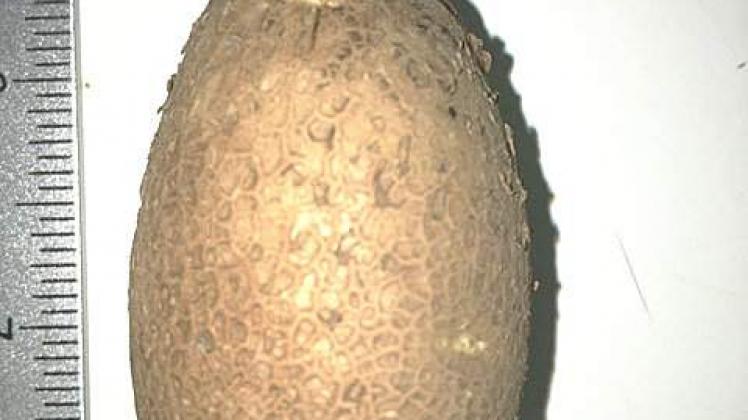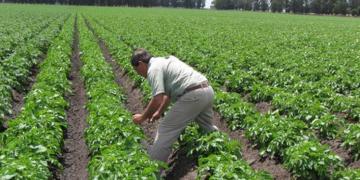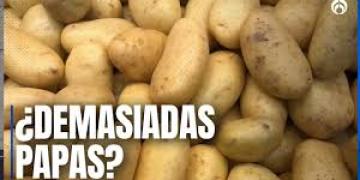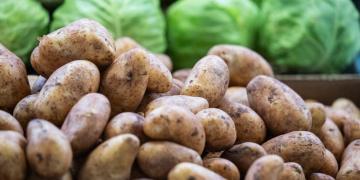EEUU: Researcher makes first finding of disease strain in Idaho spuds
PARMA, Idaho — A researcher has confirmed the Idaho potato industry’s first known infection of a strain of the fungal pathogen Rhizoctonia solani that thrives in rotations with crops in the brassica family.

University of Idaho plant pathologist James Woodhall found the infected tuber while digging spud samples in Ada County, scouting for a bacterial disease affecting potatoes called zebra chip.
Woodhall said the potato showed symptoms of Rhizoctonia, but he was surprised when it tested positive for the AG2-1 strain, which he researched while working in England. Though AG2-1 had never previously been identified in an Idaho potato field, Woodhall suspects it’s been present in the state for a long time but had gone unnoticed. It’s also present on potatoes in other states.
Woodhall acknowledged AG3 — the strain that causes more than 70 percent of Idaho’s Rhizoctonia infections — is far more aggressive than AG2-1 in potatoes. Nonetheless, Woodhall worries AG2-1 may be cutting into yields of rotations that include brassicas such as mustard and canola before potatoes.
AG2-1 tends to cause more stem canker lesions on potato plants than AG3, but less black scurf, which is a black fungus that can’t be washed from skin.
Rough skin, resembling an elephant hide, is also a general symptom of Rhizoctonia, which attacks roots and can cause potatoes to drop setting tubers.
“Brassicas in the rotation may increase soil levels of it, leading to higher levels of stem canker and elephant hide in potato crops,” Woodhall said. “It could explain why sometimes we get higher levels of stem canker but do not see much black scurf, since AG2-1 sometimes causes very aggressive stem canker, more so than AG3.”
Idaho potato growers are increasingly planting mustard in potato rotations — both as a cover crop and a commercial crop — to take advantage of the brassica’s ability to create a natural fumigant.
Woodhall advises growers who suspect they may have AG2-1 to avoid brassicas in those fields. Woodhall believes Idaho should consider an extensive survey of Rhizoctonia strains to assess the situation.
“We don’t know how prevalent it is in Idaho where it’s a one-off find,” Woodhall said.
UI Extension potato pathologist Phil Wharton said extreme Rhizoctonia infection levels in his research trials have reduced yields by up to 30 percent, but even light infections can skew the tuber size profile to make crops less marketable.
Wharton said the disease is most prevalent when growers seek to plant early to increase yields, when soil temperatures are below 55 degrees.
“The longer it takes for plants to emerge, the more chance there is for Rhizoctonia to infect the stem,” Wharton said.
Wharton isn’t surprised Woodhall found a new strain, given that he’s using new molecular tools for testing. He considers AG3 to remain the greater threat.
Fuente: http://www.capitalpress.com/Idaho/20161108/researcher-makes-first-finding-of-disease-strain-in-idaho-spuds




